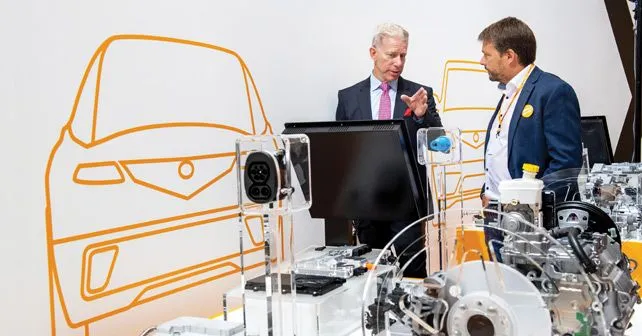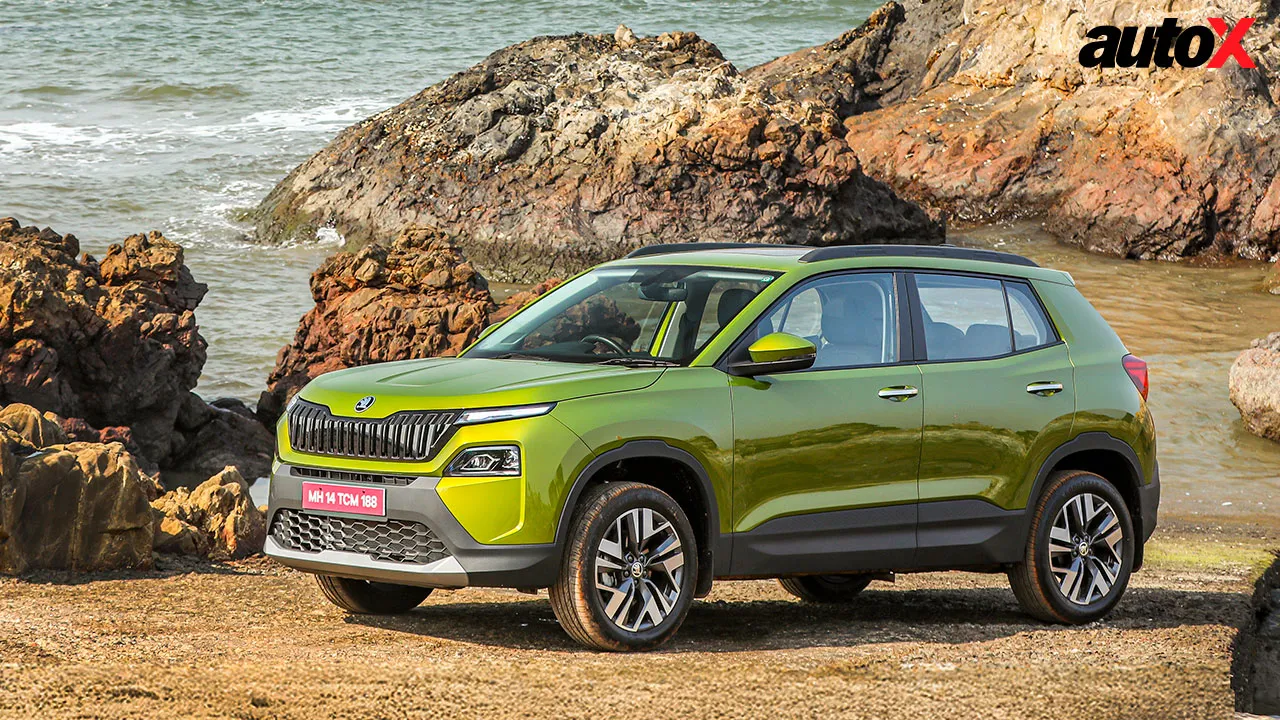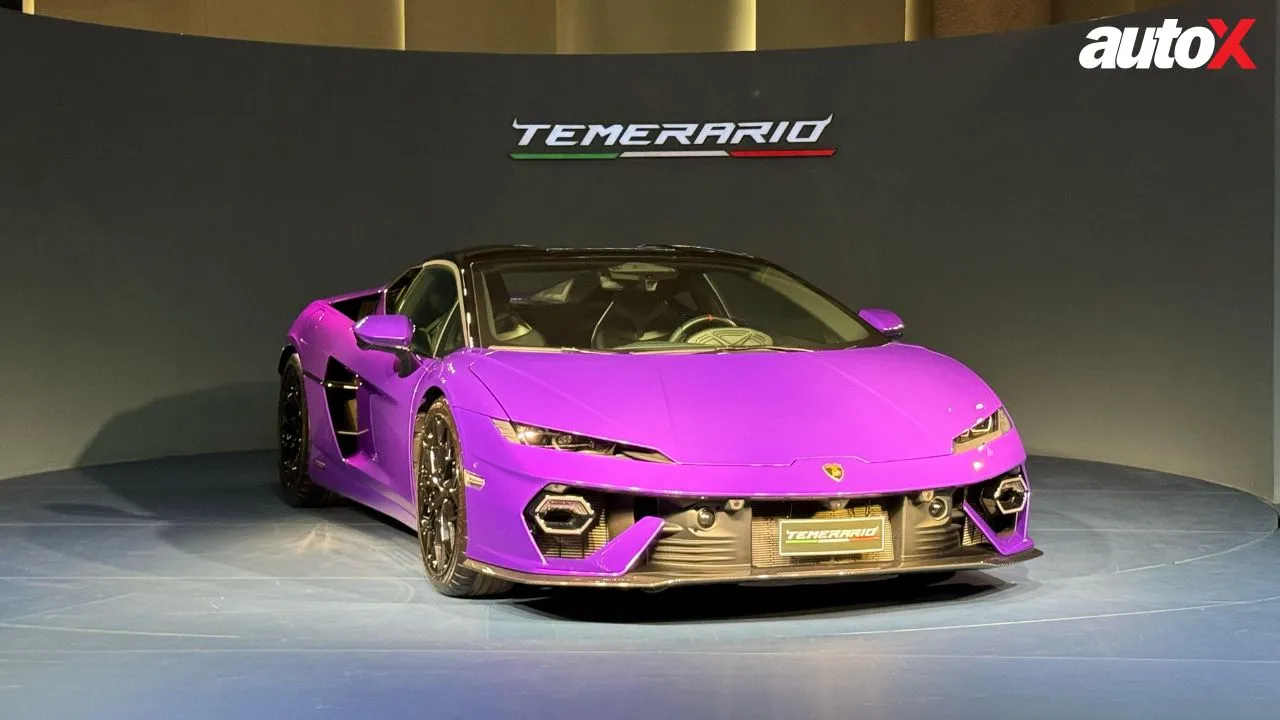Continental's 48-Volt systems set to revolutionise low emissions technology
Continental’s latest 48-Volt systems promise not only a reduction in emissions but are also more cost effective than other systems available in the market. At the sidelines of the Frankfurt Auto Show, we spent some time with their experts to figure out exactly how they work.

Continental’s latest 48-Volt systems promise not only a reduction in emissions but are also more cost effective than other systems available in the market. At the sidelines of the Frankfurt Auto Show, we spent some time with their experts to figure out exactly how they work.
Continental’s approach towards popularising 48V systems in cars is unique, as it offers a variety of e-drive module sizes that can be customised depending on vehicle size and also intended usage according to the manufacturer’s requirements. Continental’s 48-volt hybrid drive technology provides all the benefits of a conventional, full-hybrid vehicle with a high-voltage system – significantly lower fuel consumption and CO2 emissions as well as optimized driving efficiency and driveability. It reduces CO2 emissions by around 20 per cent compared with similar vehicles fitted with combustion engines. 48-volt technology is considerably cheaper than the high-voltage systems used up to now. For example, the low-power 12kW model can be used to lessen emissions and also to recuperate the battery while braking. Given that it has low amounts of power, it is air cooled and therefore, easier to integrate and manage.

For larger applications, there are further, more powerful options that also feature water cooling to maintain the temperature of the e-drive system. There is also a 30kW solution that can be driven on electric power only for up to 50 kilometres. This enables the user to run the car in zero-emission zones and despite offering emission reduction of 21%, it maintains a very cost-effective solution. And as emission regulations keep tightening, in the near future, Continental’s 48V systems will be an effective tool to produce cars that can meet the emission norms.
Also read - Hyundai reveals world's first CVVD engine technology
Ford & Vodafone reveal Parking Space Guidance tech that helps drivers find parking spots















Write your Comment on